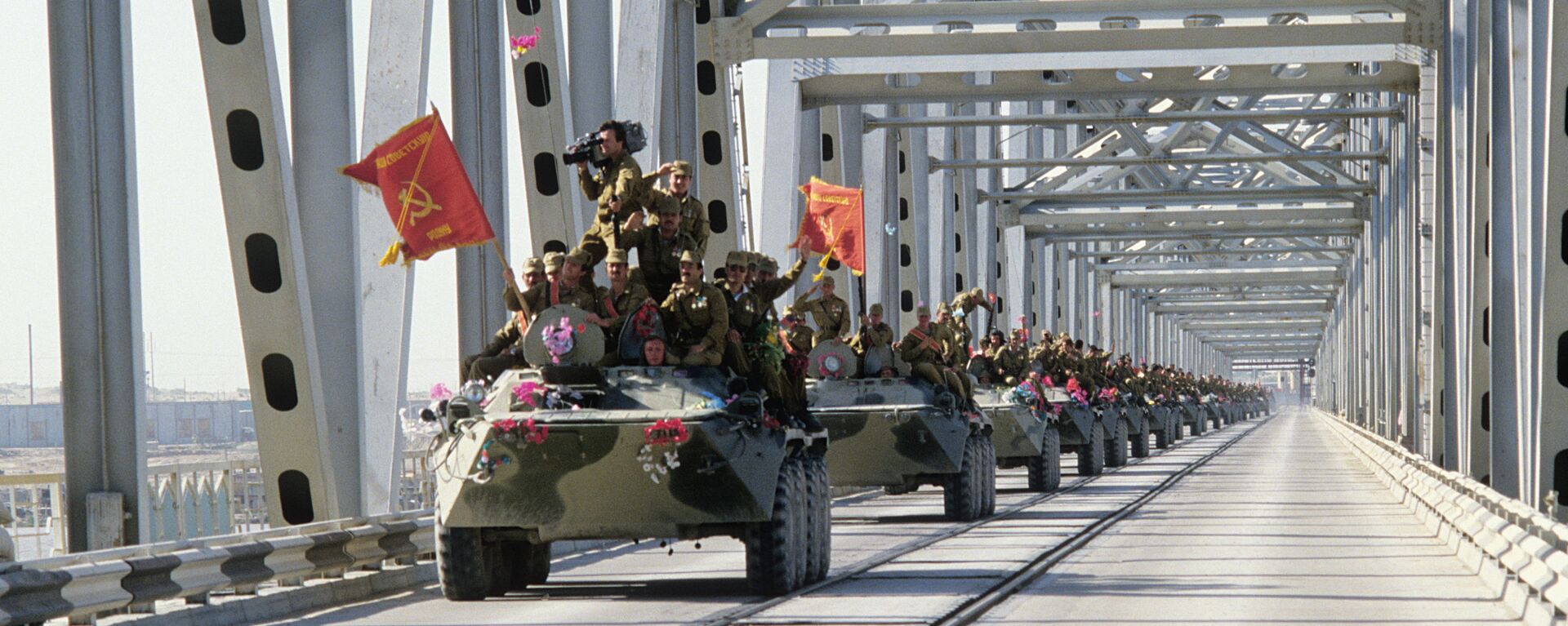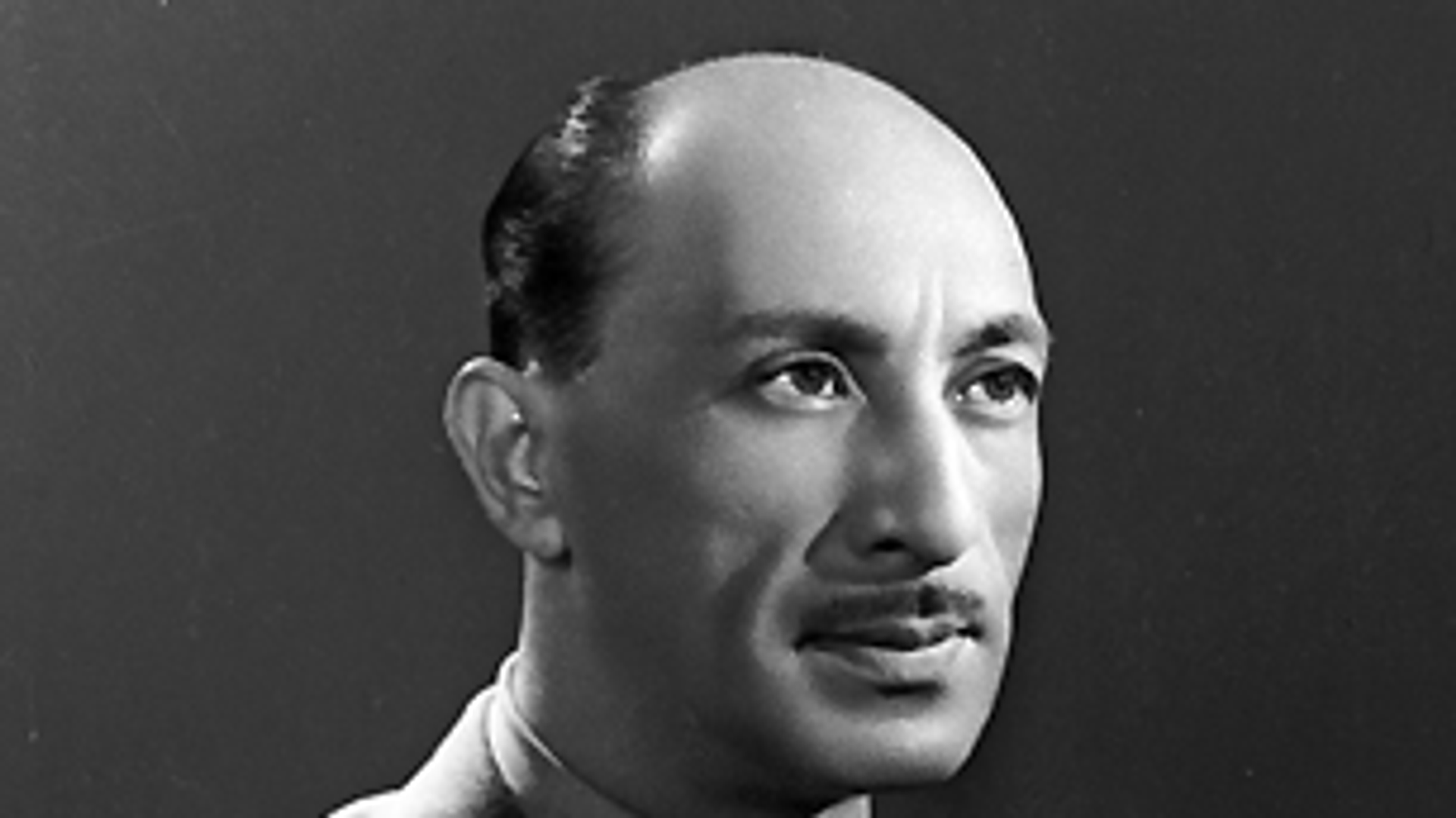https://sputnikglobe.com/20210928/taliban-to-temporarily-adopt-constitution-of-afghanistans-last-monarch-1089492675.html
Taliban to Temporarily Adopt Constitution of Afghanistan’s Last Monarch
Taliban to Temporarily Adopt Constitution of Afghanistan’s Last Monarch
Sputnik International
Last week, the militant group announced plans to form a commission to draft a new constitution sometime in the new year. Zabihullah Mujahid, the interim... 28.09.2021, Sputnik International
2021-09-28T17:58+0000
2021-09-28T17:58+0000
2021-09-28T18:53+0000
afghanistan
constitution
https://cdn1.img.sputnikglobe.com/img/07e5/09/1c/1089492634_0:13:306:185_1920x0_80_0_0_4184305653c652a5653bd35d076aeb90.png
The Taliban* will temporary adopt a modified version of the constitution used during the reign of Mohammed Zahir Shah, Afghanistan’s last king, with exceptions made in instances which contradict Sharia law, Abdul Hakim Sharia, interim minister of justice, has said.Shah’s constitution was replaced by a new basic law in 1976 under the regime of Mohammed Daoud Khan, and two constitutions were later enacted by the country’s communist government (in 1987 and 1990, respectively) guaranteeing many of the same individual rights outlined in the basic law of 1964, and in the case of the latter, new rights to land.During their rule of much of Afghanistan in the 1990s, the Taliban drafted but never ratified a new basic law. The document called for the centralisation of power in the hands of a supreme leader, with an Islamic Council picked by this person serving as the legislature, implementing laws and policy. The council would be headed by a council of ministers. Sunni Islam was to be the official state religion (effectively ignoring the 15 percent of Afghanistan’s population who are Shia Muslims), and the document emphasised that no laws could contradict Sharia law. The quasi-constitution promised to guarantee freedom of expression, women’s rights to education, and the right to a fair trial. In practice, the Taliban’s rule in the 1990s was highly repressive, with the group banning television and music, forcing women to cover up in full-body niqabs (a full body and face version of the hijab) while out and about, and banning them from working or going to school. Territories under Taliban control saw public executions for crimes ranging from adultery to apostasy and the amputation of the limbs of thieves.In the aftermath of the US and NATO invasion of 2001, a new constitution was drafted in 2004. Consisting of 162 articles, the document provided for an elected president and parliament, and included a provision under which at least 64 of its 250 upper house would be women. The 2004 constitution described Islam as its sacred law, but allowed followers of other religions to freely exercise their faith within the limits of the law.*Deemed a terrorist group and banned in Russia.
https://sputnikglobe.com/20210818/a-tale-of-two-withdrawals-why-soviet-and-us-pull-outs-from-afghanistan-were-so-different-1083640041.html
afghanistan
Sputnik International
feedback@sputniknews.com
+74956456601
MIA „Rosiya Segodnya“
2021
News
en_EN
Sputnik International
feedback@sputniknews.com
+74956456601
MIA „Rosiya Segodnya“
Sputnik International
feedback@sputniknews.com
+74956456601
MIA „Rosiya Segodnya“
afghanistan, constitution
afghanistan, constitution
Taliban to Temporarily Adopt Constitution of Afghanistan’s Last Monarch
17:58 GMT 28.09.2021 (Updated: 18:53 GMT 28.09.2021) Last week, the militant group announced plans to form a commission to draft a new constitution sometime in the new year. Zabihullah Mujahid, the interim government’s deputy minister of culture and information, told Sputnik that the constitutional commission would include the nation’s “scientists, lawyers, and experts.”
The Taliban* will temporary adopt a modified version of the constitution used during the reign of Mohammed Zahir Shah, Afghanistan’s last king, with exceptions made in instances which contradict Sharia law, Abdul Hakim Sharia, interim minister of justice, has said.
Mohammed Zahir Shah’s constitution was adopted in 1964 – and remained in force until 1973, when the monarch was overthrown in a coup and the country turned into a one-party autocracy. Drafted by Afghans educated abroad, the 1964 constitution featured a bill of rights for all citizens, including women, a parliament elected through universal suffrage, precedence of laws passed by parliament over Sharia law, and provisions to gradually transform the monarchy into a functional constitutional democracy.
Shah’s constitution was replaced by a new basic law in 1976 under the regime of Mohammed Daoud Khan, and two constitutions were later enacted by the country’s communist government (in 1987 and 1990, respectively) guaranteeing many of the same individual rights outlined in the basic law of 1964, and in the case of the latter, new rights to land.
During their rule of much of Afghanistan in the 1990s, the Taliban drafted but never ratified a new basic law. The document called for the centralisation of power in the hands of a supreme leader, with an Islamic Council picked by this person serving as the legislature, implementing laws and policy. The council would be headed by a council of ministers. Sunni Islam was to be the official state religion (effectively ignoring the 15 percent of Afghanistan’s population who are Shia Muslims), and the document emphasised that no laws could contradict Sharia law. The quasi-constitution promised to guarantee freedom of expression, women’s rights to education, and the right to a fair trial. In practice, the Taliban’s rule in the 1990s was highly repressive, with the group banning television and music, forcing women to cover up in full-body niqabs (a full body and face version of the hijab) while out and about, and banning them from working or going to school. Territories under Taliban control saw public executions for crimes ranging from adultery to apostasy and the amputation of the limbs of thieves.

18 August 2021, 04:00 GMT
In the aftermath of the US and NATO invasion of 2001, a new constitution was drafted in 2004. Consisting of 162 articles, the document provided for an elected president and parliament, and included a provision under which at least 64 of its 250 upper house would be women. The 2004 constitution described Islam as its sacred law, but allowed followers of other religions to freely exercise their faith within the limits of the law.
*Deemed a terrorist group and banned in Russia.




